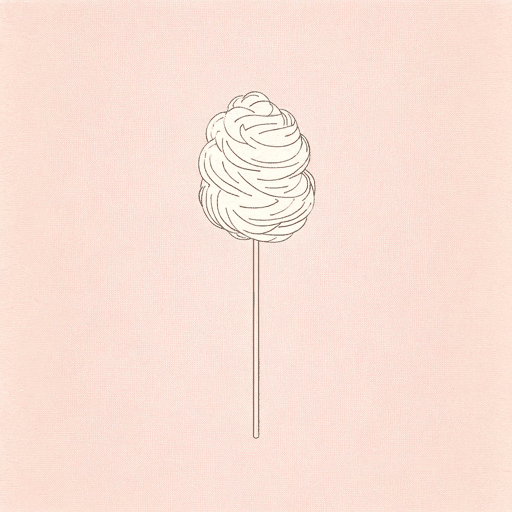18 pages • 36 minutes read
Geraldine ConnollyThe Summer I Was Sixteen
Fiction | Poem | Adult | Published in 1998A modern alternative to SparkNotes and CliffsNotes, SuperSummary offers high-quality Study Guides with detailed chapter summaries and analysis of major themes, characters, and more.
Summary and Study Guide
Overview
“The Summer I Was Sixteen” was written by American poet Geraldine Connolly and appears in her second full-length poetry collection, Province of Fire (1998). The poem is a snapshot of carefree youth, characterizing childhood as a fond but fleeting memory.
The majority of Connolly’s collected poems are rife with natural imagery, using external landscapes—such as the forests of Pennsylvania or the poolside central to “The Summer I Was Sixteen”—to mirror the speaker’s internal emotional struggles. Connolly’s penchant for vivid imagery is modeled after such poets as Charles Simic, Emily Dickinson, and T. S. Eliot, all of whom use contradiction to lend their poetic descriptions an element of raw honesty.
Connolly’s poetry embodies principles of confessional poetry: It is typically written in first person, has unvarnished diction, and includes imagery that functions as an individual lexicon for the poet’s intense and oftentimes remarkably intimate personal experiences. Connolly’s poetry also has a lyric tenor; rather than narrating a story to an audience, the poet-speaker addresses herself in a distilled moment of introspection. Thus, Connolly herself is the speaker of “The Summer I Was Sixteen,” using poetry to meditate on a personal memory. Her poetry combines traditional structure with a distinctive, individual voice, revitalizing the form through the lens of personal experience.
Poet Biography
Geraldine Connolly was born in Greensburg, Pennsylvania to parents Rosalia and Gerald on October 12, 1947. She grew up exploring the hillsides and forests of western Pennsylvania, the exploration fostering a deep appreciation for nature that later influenced her poems’ imagery.
Connolly graduated cum laude with a Bachelor of Arts from the University of Pittsburgh (1968) and earned her Master of Arts in English from the University of Maryland (1975). She served as the executive editor of the literary quarterly, Poet Lore, for seven years (1994-2000) and has taught various poetry workshops from grade school through to the graduate level.
As of 2021, Connolly is the author of one chapbook, or a small book of poems, The Red Room (1988), and four full-length collections of poetry: Food for the Winter (1990), Province of Fire (1998), Hand of the Wind (2009), and Aileron (2018). Her work has also appeared in publications such as The Cortland Review, The Georgia Review, Poetry, and Shenandoah. Connolly’s work has been anthologized in Boomer Girls: Poems by Women from the Baby Boom Generation (1999), as well as Poetry 180: A Poem a Day for American High School Students, Sweeping Beauty: Poems About Housework, and The Doll Collection.
Connolly’s poetry concerns place and memory, specifically that of her childhood growing up in post-World War II America. For Connolly, images of the natural world offer a way into one’s psyche (or the speaker of the poem). Her work captures the strange and unique beauty of girlhood during this American era in a resonant voice.
Connolly has received fellowships from the Maryland Arts Council and the National Endowment for the Arts. She won the Carolyn Kizer Award from Poetry Northwest as well as the W. B. Yeats Society of New York Poetry Prize.
Poem Text
Connolly, Geraldine. “The Summer I Was Sixteen.” 1998. Library of Congress.
Summary
“The Summer I Was Sixteen” offers a glimpse into the poet’s carefree youth. The speaker of the poem, assumed to be Connolly herself, speaks in the past tense, recounting how she “plunged” (Line 3), “sunbathed” (Line 8), and “danced” (Line 9) by the poolside with her friends the summer she was 16 years old. The poem has a tone that is upbeat and nostalgic, and it details the simple pleasures of adolescence, establishing “The Summer I Was Sixteen” as a happy memory.
Stanza 1 opens with the image of teenage girls (“us” [Line 1]) sliding into a “turquoise pool” (Line1), aware of how they are being perceived through the “gaze” (Line 4) of the boys nearby on the pool deck. Connolly characterizes her younger self as easily satisfied, “Oiled and sated” (Line 7) in the summer sun, eating “cotton candy torches, sweet as furtive kisses” (Line 13).
Each stanza depicts a different aspect of Connolly’s 16th summer: In Stanza 1, the speaker and her friends are swimming; in Stanza 2, they are sunbathing; in Stanzas 3 and 4, they are dancing and partying until they tire, spreading “chenille / blankets across [the] grass” (Lines 15-16) to finally rest. Connolly describes these activities in vivid detail, down to the specific song that plays from the radio to fully capture the joy of being young. However, the final stanza shifts away from this lighthearted slice of life, indicating the world beyond the pool. While Connolly looks back on her childhood fondly, she also recognizes that it was fleeting, quickly overtaken by the “improbable world” (Line 20) beyond the “chain link” (Line 20).

